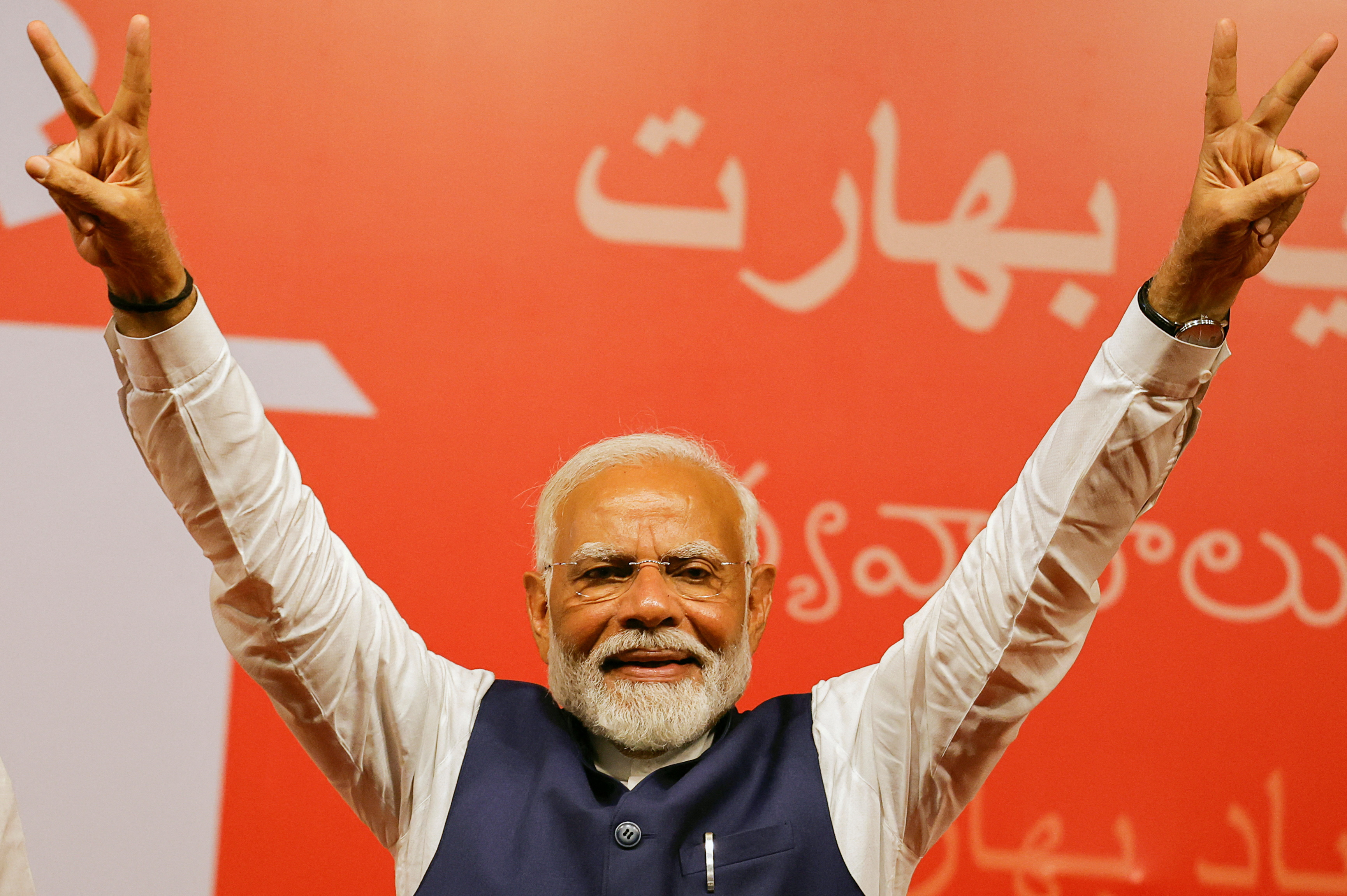Table of Contents
Introduction
The Indian news landscape is a dynamic and ever-evolving entity, reflecting the country’s vast diversity, rich cultural heritage, and complex socio-political fabric. From the early days of print journalism to the digital revolution, Indian news media has undergone significant transformations. This article delves into the evolution of Indian news, its current state, and its impact on society Akpulse.com/.
Historical Context
Early Beginnings
The roots of Indian journalism trace back to the late 18th century when the first newspaper, “Hicky’s Bengal Gazette,” was published in 1780. This English-language weekly set the stage for a burgeoning press industry that would play a crucial role in India’s freedom struggle. Prominent newspapers like “The Times of India” (established in 1838) and “The Hindu” (established in 1878) became instrumental in shaping public opinion and advocating for independence.
Post-Independence Era
Following India’s independence in 1947, the news media landscape saw a significant shift. The press became a vital tool for nation-building, promoting democracy, and educating the masses. The All India Radio (AIR), established in 1936, was nationalized in 1956, becoming the primary medium for disseminating news across the country. Doordarshan, the state-owned television broadcaster, began its services in 1959, marking the advent of television news in India.
The Digital Revolution
Rise of Private News Channels
The liberalization of the Indian economy in the early 1990s paved the way for the emergence of private news channels. NDTV, launched in 1988, was one of the first private broadcasters to challenge the state monopoly. The proliferation of channels like Zee News, Aaj Tak, and CNN-IBN in the late 1990s and early 2000s revolutionized news consumption, offering viewers a plethora of choices and diverse perspectives.
Digital News Platforms
The advent of the internet in the late 20th century and the subsequent rise of digital media have had a profound impact on Indian news. Online news portals such as The Quint, Scroll.in, and The Wire provide real-time updates and in-depth analysis, catering to the tech-savvy generation. Social media platforms like Twitter, Facebook, and WhatsApp have further transformed news dissemination, enabling instant sharing and engagement.
Current State of Indian News Media
Diversity and Regional Representation
India’s linguistic and cultural diversity is well-represented in its news media. With over 1,600 newspapers and numerous television channels operating in various regional languages, the Indian news landscape is one of the most diverse in the world. This ensures that news reaches every corner of the country, catering to different linguistic and cultural groups.
Challenges and Criticisms
Despite its vibrancy, the Indian news media faces several challenges. Issues such as media bias, sensationalism, and the spread of fake news have raised concerns about journalistic integrity and credibility. The increasing influence of political and corporate entities on news organizations has also sparked debates about media independence and freedom of the press.
Role in Society
Indian news media plays a crucial role in informing the public, holding those in power accountable, and fostering democratic values. Investigative journalism has uncovered numerous scams and scandals, leading to significant political and social repercussions. Moreover, news media acts as a platform for public discourse, reflecting the hopes, aspirations, and concerns of the Indian populace.
Conclusion
The evolution of Indian news media is a testament to the country’s dynamic and resilient spirit. From its humble beginnings to becoming a powerhouse of information in the digital age, Indian news continues to adapt and thrive amidst changing times. As it navigates the challenges of the modern era, the media’s role in shaping an informed and empowered society remains as critical as ever.

